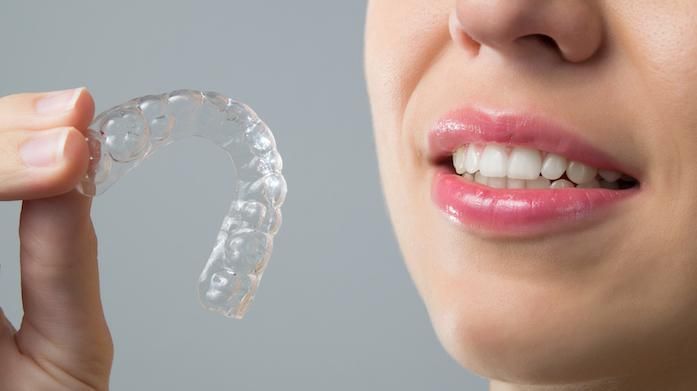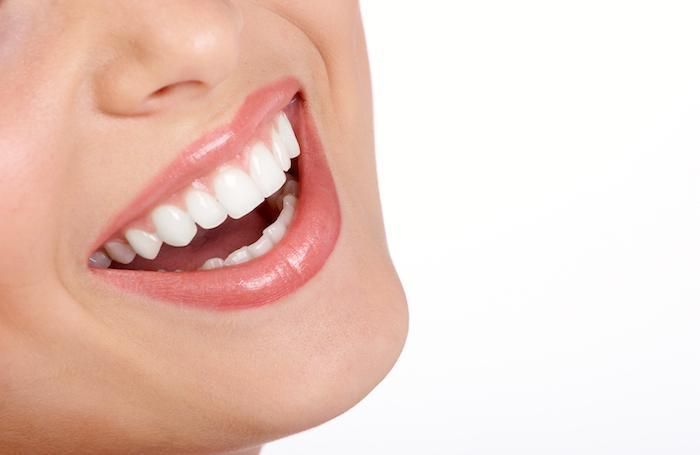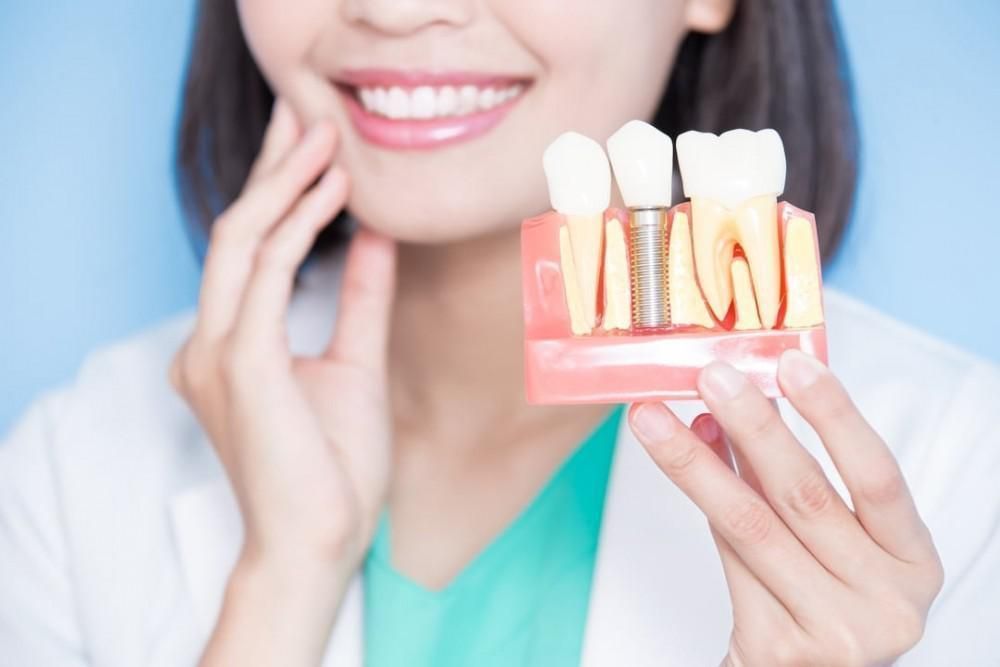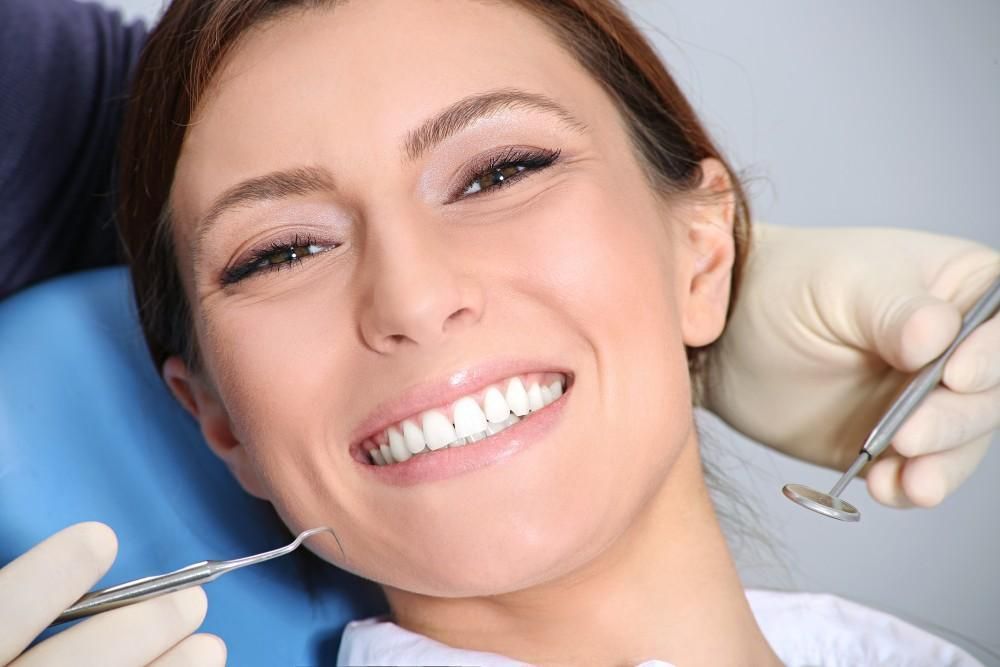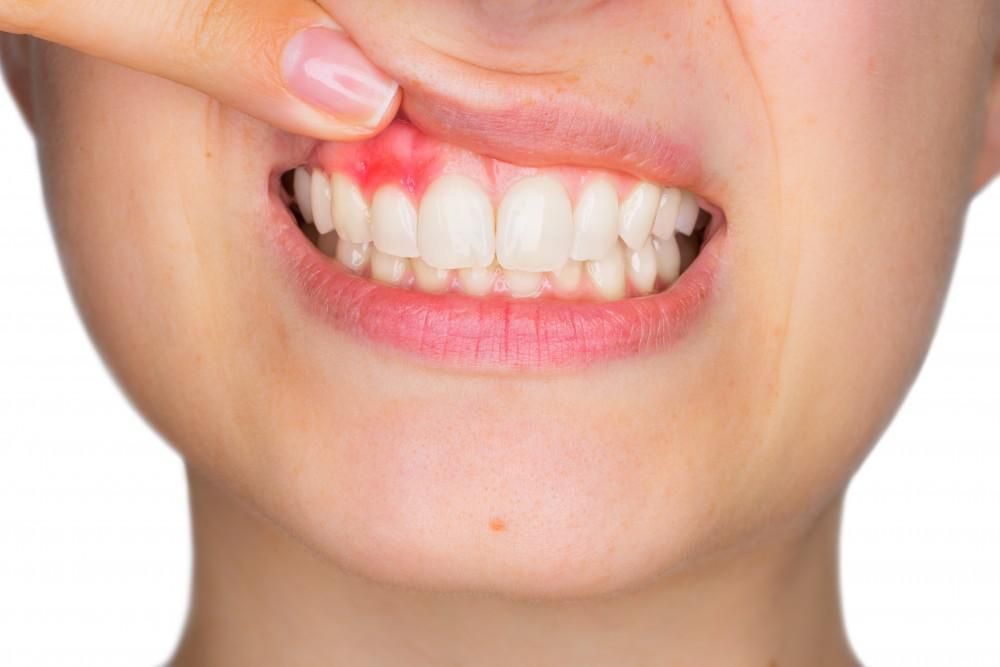Are You Brushing and Flossing Properly?

You’ve probably been told to brush and floss your teeth since childhood. But did you know there’s a proper way to perform these daily habits? Following dentist-approved methods can help you maintain healthy pearly whites.
At Greenwich Dentistry in Greenwich, Connecticut, our experts offer the latest in dental care. From teeth whitening to emergency dental care to routine teeth cleaning, they share the best oral care methods with patients, including how to brush and floss your teeth.
Brushing your teeth
It’s possible to brush your teeth too hard or use the wrong toothbrush. That can cause:
- Receding gums
- Sensitive teeth
- More cavities
- Plaque and tartar buildup
If any of those sound familiar, reconsider your teeth-brushing routine.
Use the right toothbrush
We recommend a soft-bristled toothbrush, which strikes a balance between a brush that’s too soft or too hard. Soft bristles can remove the bacteria that leads to plaque and tartar buildup and, eventually, cavities.
A toothbrush that’s too hard can wear away protective enamel on your teeth and damage your gums.
The American Dental Association (ADA) offers toothbrush ratings to help you choose a good one. Remember to change your toothbrush every three months.
Brush up on your technique
It’s easy to develop habits detrimental to your dental health, such as scrubbing your teeth and gums.
Instead, hold your soft-bristled toothbrush at a 45-degree angle and use short, back-and-forth motions on your teeth. The ADA recommends two minutes of brushing. Set a timer or play your favorite two-minute song to keep you on track.
Don’t brush right after eating. Acidic foods and drinks soften tooth enamel, so brushing right away can remove some enamel. After 30-60 minutes, your saliva has had time to neutralize these acids. Saliva helps balance pH levels in your mouth.
Don’t brush too hard. It’s easy to damage your gums with enthusiastic teeth brushing.
What about flossing?
Hopefully, you floss at least once a day. Flossing your teeth removes food particles and plaque, making it easier to rinse them away when you brush.
Wrap the floss around your index fingers and slide it between your teeth. Gently rub the floss against your teeth and scrape upward. Don’t dig around your gum line with the floss or use a sawing motion with the floss between your teeth.
If your gums bleed or feel tender when you floss or brush, you might be using too much force.
If you experience tooth or gum pain, visit us at Greenwich Dentistry. We recommend dental cleanings every six months for your best oral health. Call our Cos Cob office today to request an appointment.
